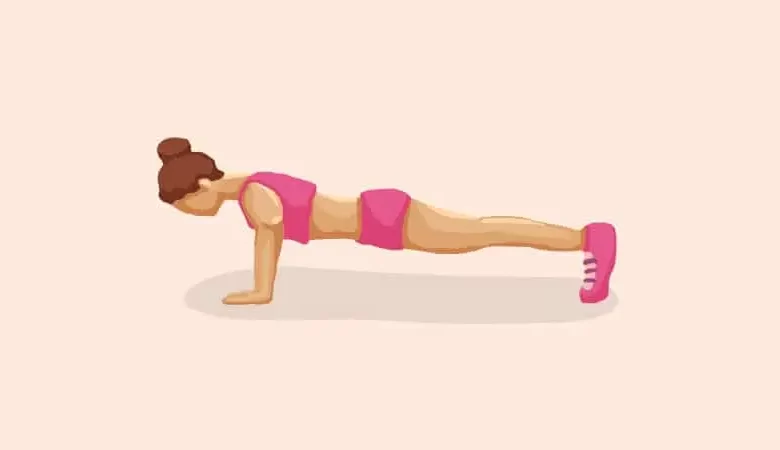
Press-up vs Push-up – Is There a Difference?
You may have heard both of these terms being banded around in the fitness industry, but Press-up vs Push-up what’s the difference? Is there one?
The short answer is no!
‘Press-up’ is the British term for the movement, ‘push-up’ is the American term. Interestingly, the term ‘push-up’ was first used between 1905 and 1910 whilst ‘press-up’ was first used much later – between 1945 and 1950. Because of this we can assume that push-up is the original term for the movement. Anyway, we use both terms interchangeably. press-up vs push-up
Why is the press-up such a popular exercise?
It’s an extremely common and possibly the most widely used bodyweight movement for the upper body. This exercise is so widely favored that it is regularly used in armies and school sport activities.
Generally there are a couple of reasons for the popularity of the press-up:
- You can perform the press-up virtually anywhere where you can find a free space.
- It is relatively easy to learn.
- We can consider it a safe exercise.
- It works on many muscle groups.
- It has many variations.
- Many competitions have originated to challenge you.
Moreover, you can even find specially designed tests to examine a person’s upper body stamina by performing push-ups. For instance a one-minute press-up test. During this challenge you should do as many press-ups in their correct form as you can in 60 seconds. press-up vs push-up
[ads1]
How to do push-ups correctly
There are many variations of the push-up exercise. Some are easier to perform while others require serious sporting experience. In most cases people want to learn and do the standard push-up. Here is how to do it:
- Get down on the ground on all fours.
- Place your palms roughly shoulders apart.
- Straighten your legs with the feet hips apart or narrower.
- Before you start the movement engage the core and keep your body straight.
- Bend the elbows and lower yourself until the chest nearly touches the ground. It is usually correct when your elbows reach a 90-degree angle or less.
- Pause in this position and push your body back to the starting position.
- Repeat as many times as necessary.
Muscles targeted
The press-up has gained notoriety for being a way to strengthen the muscles at the front of the upper torso without any equipment. You can think of the press-up as the bodyweight version of the bench press.
Press-ups are considered compound movements and target a couple of muscle groups. The exercise mostly puts tension on the chest, triceps, and front part of the shoulders. So if you need to work on these muscle groups, you can include push-ups in your training plan.
If your goal is to maximally involve working the triceps and pecs, place the arms narrower rather than wider apart. You can also try the decline push-up to focus more on the upper pecs or the incline push-up variation to make the movement easier. Many people also rest their knees against the floor to shorten the leverage and therefore make the exercise effortless. press-up vs push-up
Push-ups also place static tension on many other muscles such as the abs, legs, and back.
As mentioned earlier, some like to compare push-ups with the bench press. The bench press would be a slightly better choice for building the chest muscles. The press-up would be more advantageous to help target other body parts more effectively. press-up vs push-up
Push-up records
The most push-ups to be completed in a row is one of the most popular exercise disciplines where people try to compete with each other.
The Guinness World of Records documented the first record for push-ups in 1965 when Charles Linster completed 6,006 push-ups nonstop. The next person who significantly outperformed the result was the Japanese Minoru Yoshida who completed 10,507 push-ups nonstop in 1980. press-up vs push-up
The editors of the Guinness World of Records later excluded this category from the book and instead included a category for the most push-ups completed in 24 hours with the current world record sitting at the impressive 46,001 in just over 21 hours in 1993. press-up vs push-up
[ads2]
Takeaway
In short, the press-up vs push-up are the same movement. The exercise is immensely good for developing the upper body and core strength without any equipment. It is highly recommended to at least periodically include in your workout routine.
For the latest news and updates please follow us on Instagram.




